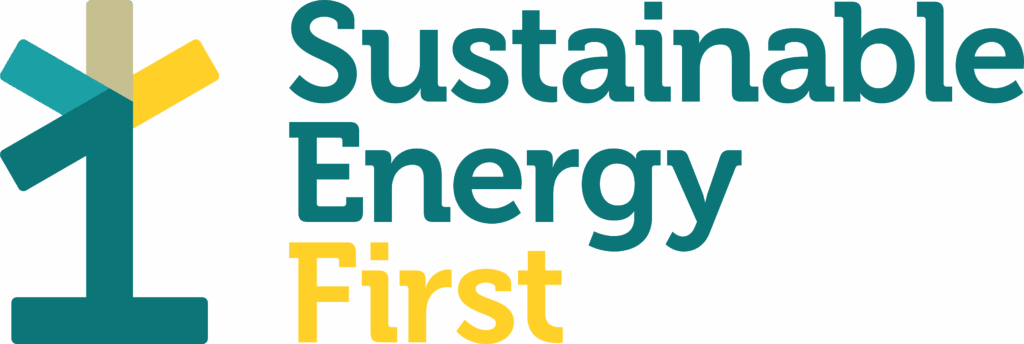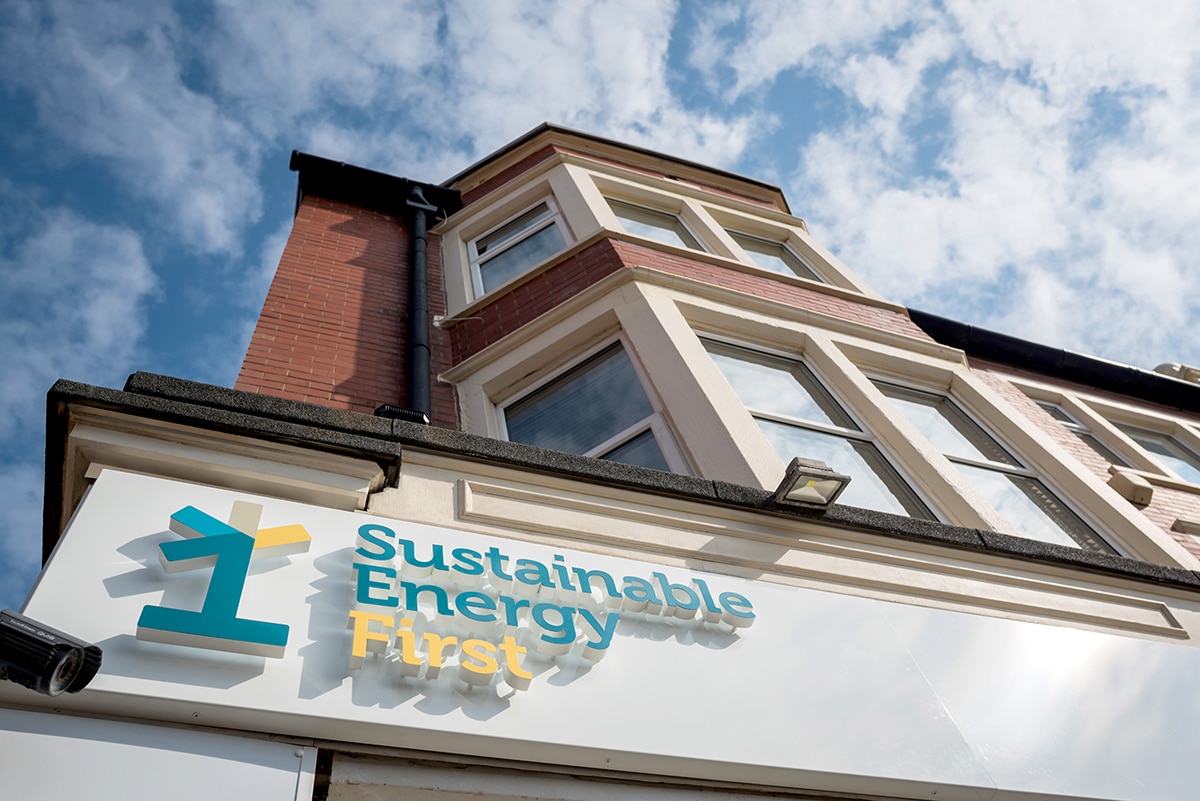In its Energy Costs Outlook report, Inenco offers different scenarios to consider how energy costs may change over the next 15 years. Using examples of medium, large and industrial energy users with differing exemptions, the forecast shows how businesses face continued upward pressure on prices, with particular focus over the coming winter.
Over the past six months, volatility has returned to the wholesale market. Prices have spiked at levels not seen for almost two years, in which time non-commodity charges have risen by up to 25%. Businesses now face rising costs on both sides of the bill, with just a small variation in wholesale power costs threatening to add around tens of thousands to the total cost of business energy this winter.
In the short term, organisations could face more than a 10% increase in the total cost of energy compared to winter 2017/18, fuelled both by wholesale rises and an increase in some indirect charges such as the Capacity Market levy.
2019 costs could be compounded by currency fluctuations caused by the outcome of Brexit negotiations, along with a rise in the Climate Change Levy and potential changes to the Energy Intensive Industries (EII) exemption threshold, offering more industrial users relief from the cost of renewable levies, but increasing non-commodity charges for other users.
Looking further ahead, factors such as the future energy mix, the uptake of electric vehicles and the extent of demand reduction through greater efficiency all feed into the level by which prices will rise.
The report provides four different scenarios, ranging from a medium sized energy user to large commercial users and industrial users with and without Energy Intensive Industries exemptions. There is a marked difference between the unit costs of industrial users with an EII exemption and those users required to pay renewable levies in full; by 2020, smaller users could find themselves paying 65% more for each unit of energy compared to energy intensive users benefiting from exemptions.
Key findings
- Medium-sized energy users could see bills rise by over 40% by 2020, with the highest unit rate of all business energy users
- Large commercial energy users could find costs rise by 45% by 2020
- Industrial users without Energy Intensive Industries exemption on renewable levies could find their energy costs more than a third higher than those benefiting from relief.
David Oliver, senior energy consultant at Inenco, said:
“This is the tenth successive year of price rises for business energy users and whilst the ‘low hanging fruit’ of energy efficiency may have already been picked, there is still more that organisations can to do reduce costs. It has never been more important for businesses to re-assess their energy risk management strategies to consider how to mitigate rising costs, from demand management to building a business case for capex investment in new technology.”
Inenco can offer organisations guidance on reducing their energy costs, from reconsidering purchasing strategies to considering energy management solutions. For more information and to download a full copy of the report, visit www.inenco.com/energyreport.





